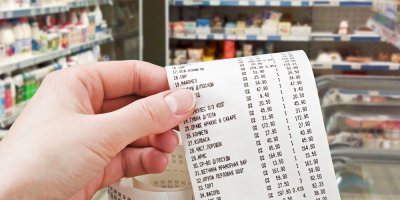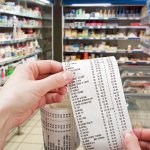
Are you using predictive analytics? Source: Shuttersotck
How predictive analytics can improve your marketing campaigns
WHETHER we like to admit it or not, humans are rather predictable and most of us keep to some kind of routine. So it’s little surprise marketers can use technology to guess what we’re going to do next through statistics and machine learning.
Data can be analyzed and predictions made as to what will happen on both, a macro and micro scale.
Companies of all sizes would be wise to brush up on their knowledge of predictive analytics to inform their posting, spending and general operations throughout the year.
Predictive analytics allow you to get specific with your timings, to find out the week when you should up your spending on ads or post more short-form videos and the weeks when you should cut it and save the time and money for more productive periods.
The predictions allow companies to increase profits, prevent losses and save significant amounts of time. When revenue is likely to be low, you will want to up your promotions and advertising and when it’s high you will likely be wasting money by shoveling more into advertising.
For the majority of companies, time series predictions – or, put simply, when something will occur – are likely to prove the most useful way to use predictive analytics.
A great place to begin if you are just getting started is Google Analytics. It’s easy to use and navigate around and the majority of companies will have access to that data.
Multi-billion-dollar B2B marketplace Taobao, run by Asian e-commerce giant Alibaba uses software GraphX and Apache 9.0, to use first-hand data collected from users online to tailor its marketing campaigns.
Three steps to successful predictive analytics
1. Extract the data
The first thing you need to do is to extract your data whether that’s from trusty Google Analytics, Facebook Insights, Twitter or any other useful corner of the internet.
2. Refine the data
You need to refine the data by cleaning the raw data and make it into something you can actually use. This is usually done by data scientists.
3. Act upon the data
Now you have your data and it’s usable you need to utilize it. Don’t just understand what it is you need to do – actually do it. Understanding when the best time to increase your advertising is is rather pointless if you don’t actually up your advertising that week.
Just how accurate are they?
This question is a tough one to answer because the accuracy of the predictions relies on the algorithm used and the underlying data itself. You are bound to struggle at some point or another for a myriad of reasons, most likely because you didn’t set up the software or your goals correctly.
There are three things, however, you just can’t predict: a major upheaval which may affect your data, something odd which hasn’t occurred before, and bad data.
Any major upheaval whether it be a natural disaster, political change or cultural disturbance could distort your data in a way you just can’t predict until the event has occurred. That is why some sectors which are heavily affected by things like this, including the stock market, can be so tricky to accurately predict through analytics.
It also goes without saying that if something has never happened before it can be pretty tough to predict what happens next. You simply cannot forecast the future when there is no data from the past to draw from.
Take Malaysia’s recent political election for example where the same government which had always been in power was voted out and a new party took the lead for the first time in history. With no past data to draw on, it is near impossible to accurately predict what will happen next and how it will affect businesses in Malaysia and further afield.
Finally, you cannot account for pesky bad data. Any corrupted or missing data will do you no favors when trying to forecast. In fact, it is actually likely to do your company much more harm than good so if you know you have had a problem with data infrastructure then steer clear from predictive analytics.
READ MORE
- 3 Steps to Successfully Automate Copilot for Microsoft 365 Implementation
- Trustworthy AI – the Promise of Enterprise-Friendly Generative Machine Learning with Dell and NVIDIA
- Strategies for Democratizing GenAI
- The criticality of endpoint management in cybersecurity and operations
- Ethical AI: The renewed importance of safeguarding data and customer privacy in Generative AI applications




